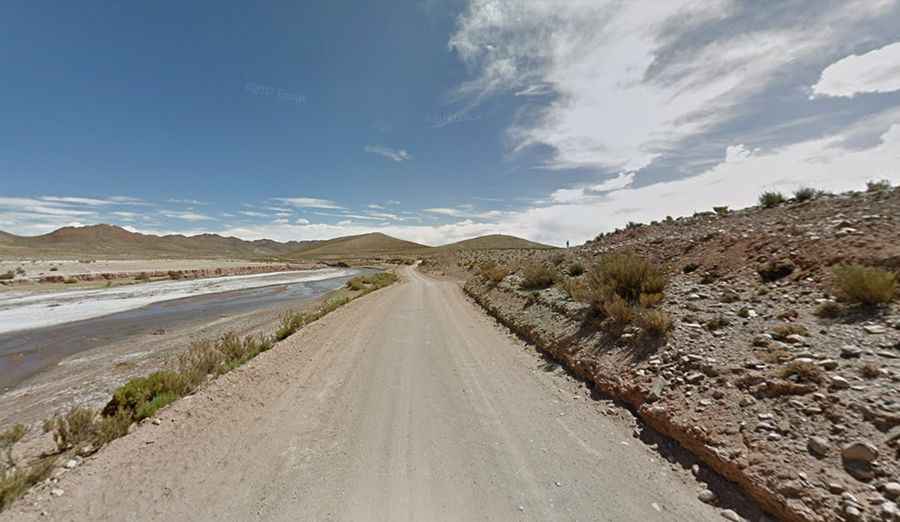Driving the legendary Route 40 in Argentina: Road Trip Guide
Stretching from Santa Cruz Province in the south to Jujuy Province in the north, Ruta 40 is a real adventure in the western part of Argentina. It’s one of the longest and most spectacular drives in the world.

Is Route 40 in Argentina paved?
The road, called Ruta Nacional 40, RN 40, Ruta 40, or simply La Cuarenta, is paved most of its length, except in the south, where it passes through sparsely populated regions, and there may be stretches of more than two hundred kilometers completely empty except for the road itself.
How long does Ruta 40 run for?
Route 40 is the longest route in Argentina and one of the largest in the world. It’s 5,000 km (3,107 mi) long and crosses the provinces of Santa Cruz, Chubut, Río Negro, Neuquen, Mendoza, San Juan, La Rioja, Catamarca, Tucumán, Salta, and Jujuy. From its southernmost point at Punta Loyola (in Santa Cruz Province), Ruta 40 meanders through the remote plains of Patagonia, winding northwards and flanked to the west by the magnificent peaks of the Andes. It passes by pristine lakes and bustling cities before reaching its highest point at Abra del Acay and finally reaches its end in the border town of La Quiaca (in Jujuy Province) on the border between Argentina and Bolivia.
Is Route 40 in Argentina a mountain road?
The road starts at sea level, crosses 18 national parks, 18 major rivers, 27 passes in the Andes, and tops out at Abra del Acay in Salta, at 4,956m (16,259ft) above sea level. Its lowest point is at 39m (128ft) above sea level at its starting point by the lighthouse at Cabo Vírgenes (Cape Virgins) in Santa Cruz, Patagonia. At its terminus, in the border town of La Quiaca, Jujuy, its altitude is 3,460m (11,344ft) asl. Mina Pirquitas, in Jujuy, on Ruta 40, is the highest town in Argentina, set at 4,271m (14,003ft) above sea level. There may be ice and snow blocking some parts during winter.
How long do you need to complete Ruta Nacional 40 in Argentina?
Running down the western edge of the country, from the South Atlantic coast to the border between Argentina and Bolivia, Ruta 40 in Argentina is said to be one of the most magnificent and infamous roads in the world. Passing through a variety of climatic zones and landscapes, you should plan at least 10 days to two weeks for your trip.
Is Ruta Nacional 40 in Argentina worth it?
The drive is very remote and lonely but features stunning views. It’s a true showcase of Argentina’s stunningly diverse landscape. Along the way, you’ll wind through volcanic lava fields, ancient forests, and shimmering salt flats. Most of the road runs parallel to the Andes Mountain range, passing through some of the most extraordinary landscapes on the planet and connecting 18 national parks. It crosses 236 rivers and wild landscapes, making it a perfect scenic drive. One of the most spectacular views along the way (weather permitting!) is that of the Fitzroy and Cerro Torres ranges, which kick in when you get close to El Chalten in Southern Patagonia. There are a number of internationally important sites along this route, such as Cueva de las Manos, which contains cave art dating back some 13,000 years, Los Glaciares National Park, the second-largest National Park in Argentina, and the Calchaquí Valleys. The attraction is international in scope, and many websites throughout the world advertise the private and commercial adventures associated with travel on this roadway.
Do you need a 4x4 to complete the Argentine Ruta Nacional 40?
The road was constructed in 1935. To do the full trip requires a combination of vehicles because much of the road is unpaved. Some stretches require just a regular car, while others need a 4x4. Special care is required, especially further south, where strong crosswinds and poorly maintained gravel (ripio) roads make it extremely easy to flip over. With its notoriously poor surfaces – just dirt and gravel in sections – hairpin bends, and endless straight sections buffeted by violent gusts across the deserted steppe, it is considered one of the world’s most epic drives. There is no cell-phone coverage outside of towns, so drivers must be self-sufficient. Travel with necessary repair equipment. Gas stations are few, so fill up at every chance, and bring generous supplies of food and water.
